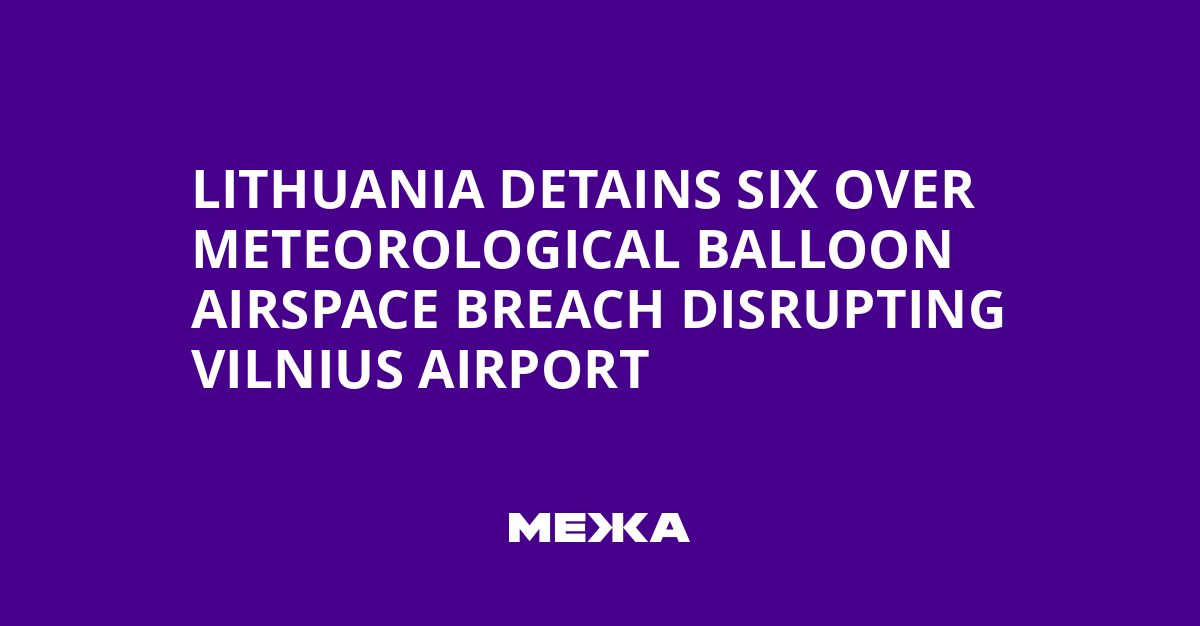In Lithuania, a new airspace violation and suspension of air traffic due to meteorological balloons have been recorded. Six people have been detained as suspects in connection with the incidents; preliminarily, some of them may have tried to retrieve the balloons after landing.
On the night of October 4–5, about 25 unknown objects resembling weather balloons were spotted in the airspace. Some of them penetrated the Vilnius airport zone, causing the airport to be temporarily shut down, and about 30 flights were delayed.
After the incident, investigators found ten such balloons on Lithuanian territory. The head of the National Crisis Management Centre, Vilmantas Vitkauskas, said authorities detained six people suspected of involvement in the incidents.
According to preliminary data, some of the detainees may have tried to retrieve the balloons after landing. No new objects were recorded during the night, however investigations into the origin of the found balloons and possible launch routes continue.
According to security service reports, such aerial objects are often used to transport contraband cigarettes. Since the start of 2025, Lithuanian authorities have recorded more than 500 cases of launching such aerial objects, nearly twice as many as in the same period of the previous year. The government has tightened control over the airspace and warned that similar incidents may recur.
Earlier, on September 27, the Public Safety Service recorded three prohibited drone flights near Vilnius Airport, and on August 21 there was another. In all cases, flights were halted or aircraft redirected to other airports, affecting flight schedules.
Context and implications for airspace safety
Episodes of meteorological balloon launches emphasize the need to strengthen oversight of the airspace and monitoring systems. Experts note that balloon usage may be linked to smuggling and evading border controls, and this jeopardizes the safety of passenger transport and air navigation.
The Lithuanian government is considering strengthening coordination between border guards, civil aviation authorities, and law enforcement to respond more quickly to such threats. At the same time, airlines are advised to monitor radio communications, confirm flight plans, and promptly report any disruptions at airports.
